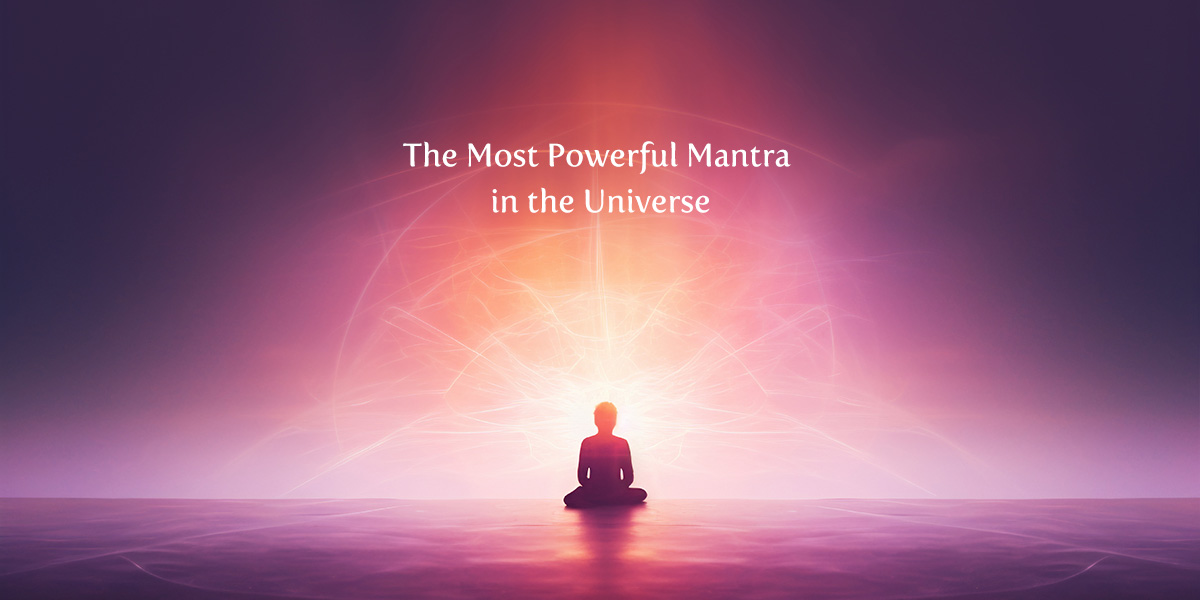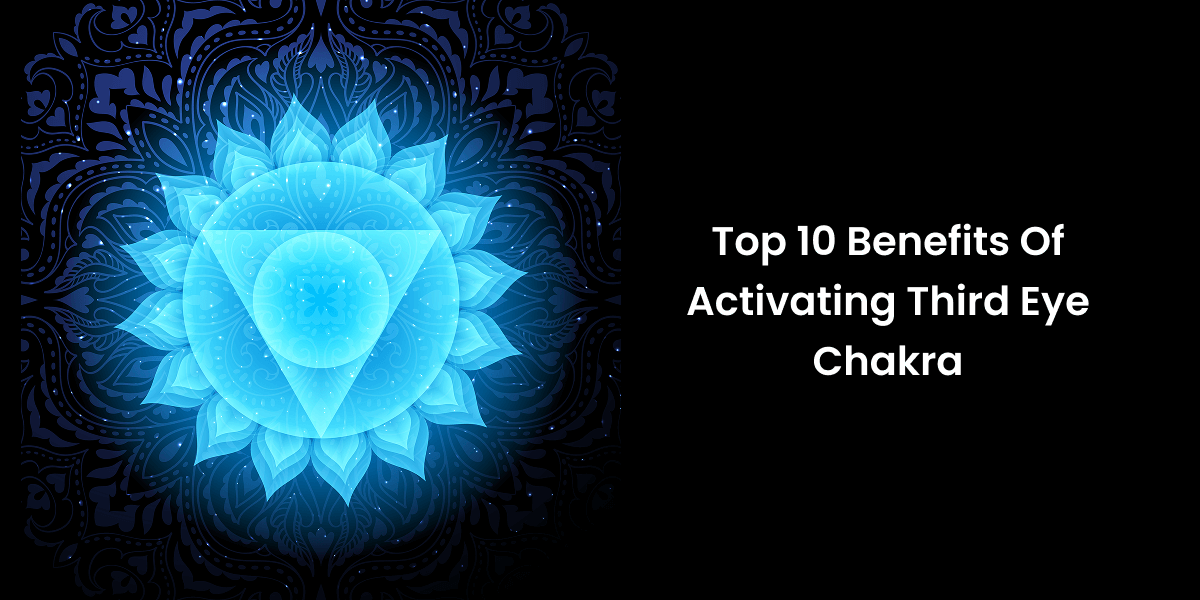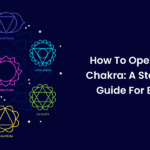Most Powerful Mantra in the Universe
The idea of a powerful mantra has captivated minds across cultures and epochs. In various traditions and belief systems, a mantra represents a sacred sound, syllable, word, or phrase with transformative and spiritual significance. The potency of a mantra lies not just in its linguistic or phonetic properties but in its perceived ability to channel cosmic energies, induce meditative states, and manifest intentions.
Across spiritual practices like Hinduism, Buddhism, and beyond, mantras are revered for their potential to influence consciousness, evoke divine energies, and create shifts in the practitioner’s inner and outer realities. These mantras are often passed down through ancient texts, taught by spiritual guides, or discovered through personal introspection and meditation.
The belief in the power of a mantra transcends religious boundaries, with many individuals exploring mantras for their calming, centering, or manifestation capabilities. While specific mantras vary among traditions, the underlying principle remains consistent: the vibrational resonance and focused repetition of a mantra can unlock spiritual, mental, and emotional pathways.
What Makes a Mantra Powerful?
The potency of a mantra lies in its multifaceted nature, drawing upon elements that make it resonate deeply within the practitioner. Several factors contribute to the power of a mantra, transcending linguistic, spiritual, and vibrational realms.
Firstly, the linguistic composition of a mantra holds significance. The phonetic sounds and syllables within a mantra are believed to carry specific vibrations that interact with the body’s energy centers, or chakras, influencing mental states and consciousness.
Secondly, the intent and focus of the practitioner amplify a mantra’s power. The repetition and recitation of a mantra, combined with unwavering concentration and belief in its efficacy, can intensify its impact on the mind, fostering a meditative state conducive to inner transformation.
Thirdly, the lineage and tradition from which a mantra originates contribute to its perceived power. Mantras passed down through ancient texts, imparted by revered spiritual guides, or discovered through profound experiences often carry a legacy of spiritual energy and wisdom.
Ultimately, the power of a mantra stems from the synergy of its phonetic resonance, the practitioner’s intent, and the spiritual heritage behind it, creating a transformative force capable of affecting mental, emotional, and spiritual dimensions.
Top 10 Most Powerful Mantras in The World
Mantras hold diverse spiritual significance across cultures, each resonating with unique energies and intentions. While identifying the “most powerful” mantras is subjective and varies among traditions, several mantras are widely revered for their transformative qualities and spiritual significance. Here are ten revered mantras from different traditions:
1. Om/Aum Mantra:
Originating from Hinduism, the Om or Aum mantra symbolizes the cosmic sound, representing the essence of the universe. Chanting “Om” is believed to align the practitioner with universal vibrations, fostering harmony and spiritual awakening.
2. Om Mani Padme Hum:
A central mantra in Tibetan Buddhism, “Om Mani Padme Hum” embodies compassion and wisdom. Reciting this mantra is thought to invoke the blessings of Chenrezig, the embodiment of compassion.
3. Gayatri Mantra:
Hailing from ancient Hindu scriptures, the Gayatri Mantra is a revered hymn that embodies spiritual enlightenment and the divine light of knowledge. Chanting this mantra is believed to ignite wisdom and enlightenment.
4. Mahamrityunjaya Mantra:
The Mahamrityunjaya Mantra, rooted in the Rigveda, is associated with Lord Shiva, the deity of transformation and liberation. It’s chanted for healing, protection, and overcoming obstacles.
5. Buddhist Mantra – “Namo Amituofo”:
This Pure Land Buddhist mantra reveres Amitabha Buddha, focusing on his name to bring about enlightenment and rebirth in his Pure Land.
6. Hare Krishna Mantra:
Popularized by the Hare Krishna movement, the mantra “Hare Krishna, Hare Krishna, Krishna Krishna, Hare Hare, Hare Rama, Hare Rama, Rama Rama, Hare Hare” is devoted to Lord Krishna, inviting joy and spiritual connection.
7. The Lord’s Prayer:
A widely recited Christian prayer, “Our Father, who art in heaven…” serves as a mantra invoking divine guidance, forgiveness, and spiritual nourishment.
8. So Hum Mantra:
“So Hum” translates to “I am that” in Sanskrit, reflecting the unity of the individual self with the universe. Its repetition during meditation cultivates self-realization and oneness.
9. Ave Maria:
In Catholic tradition, “Ave Maria” or “Hail Mary” is a revered prayer honoring the Virgin Mary, seeking her intercession for grace and blessings.
10. Shanti Mantra:
The Shanti Mantra from the Vedas invokes peace and tranquility, offering prayers for peace in various realms—physical, mental, and spiritual—by embracing universal harmony.
Conclusion
Exploring the realm of powerful mantras unveils a rich tapestry of spiritual traditions, each echoing the universal quest for connection, peace, and inner transformation. Whether rooted in ancient scriptures, passed down through generations, or embraced by contemporary spiritual movements, mantras serve as conduits for seekers, guiding them towards deeper insights and spiritual awakening.
Amidst the diversity of cultures and beliefs, the resonance of these mantras transcends boundaries, offering solace, wisdom, and a path to transcendence for those who embrace their vibrational power. While subjective in their potency, the collective essence of these mantras weaves a tapestry of spiritual harmony, inviting practitioners to delve into the depths of their own consciousness and unlock the mysteries of existence.









Post a Comment